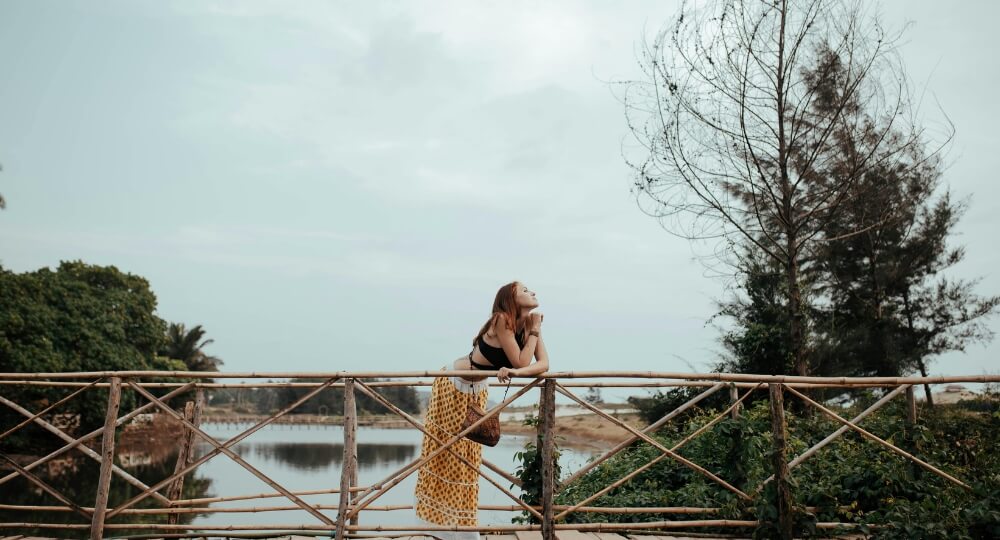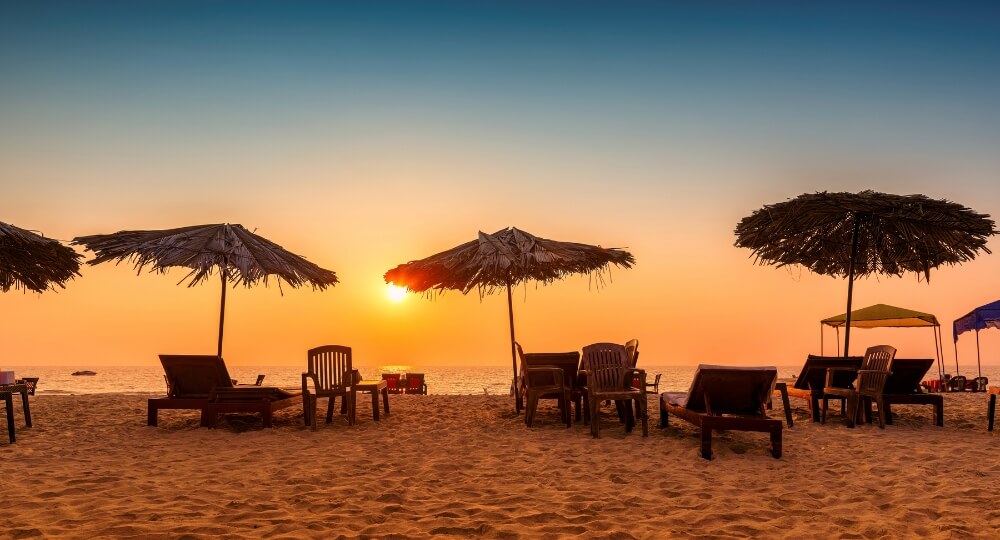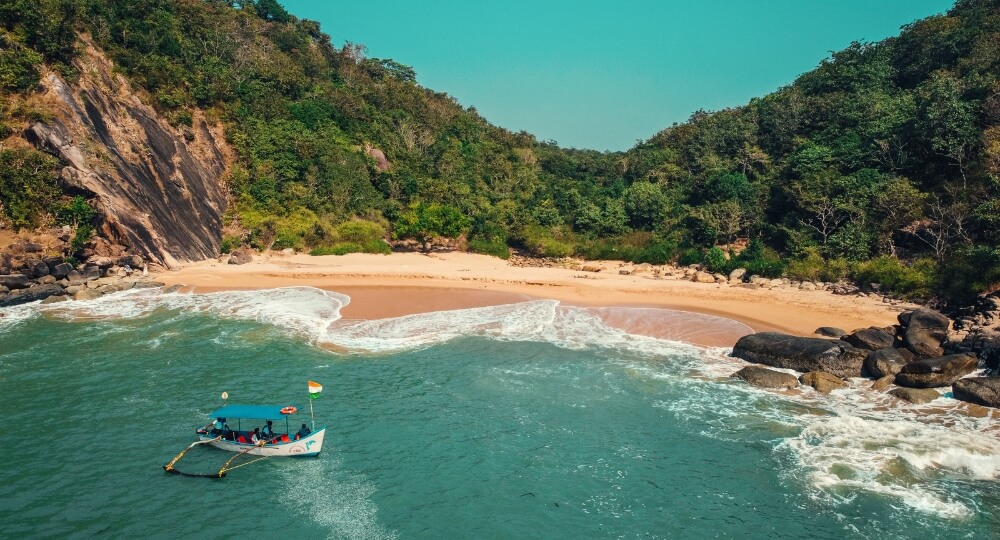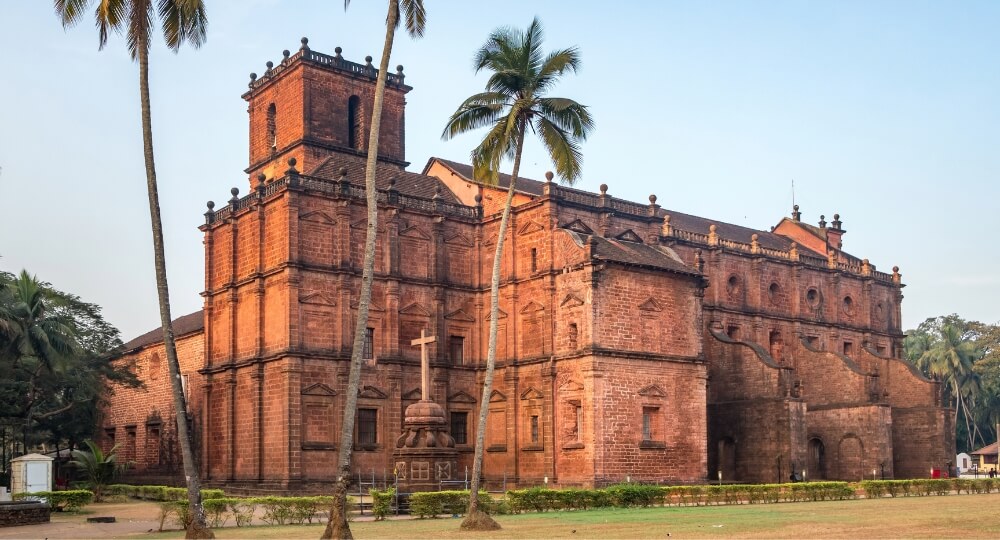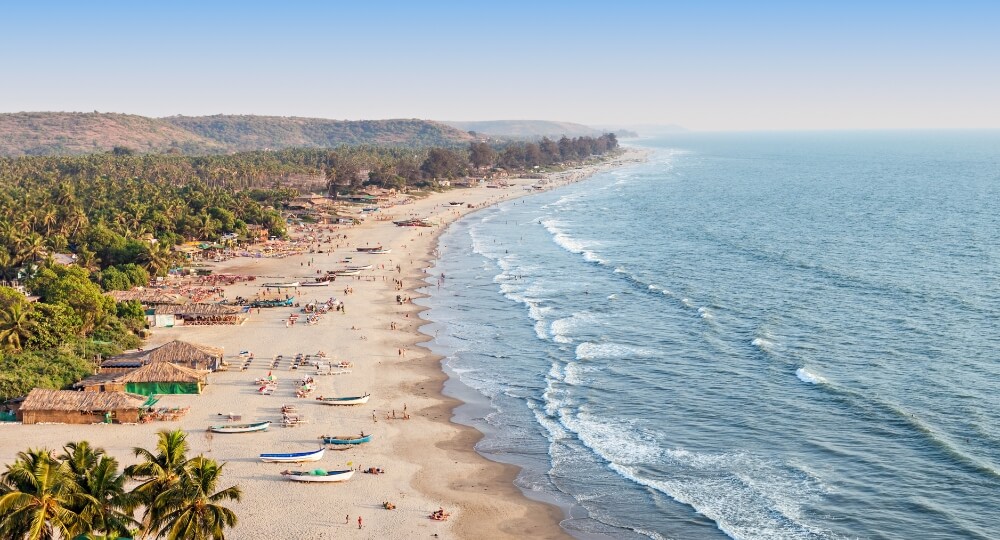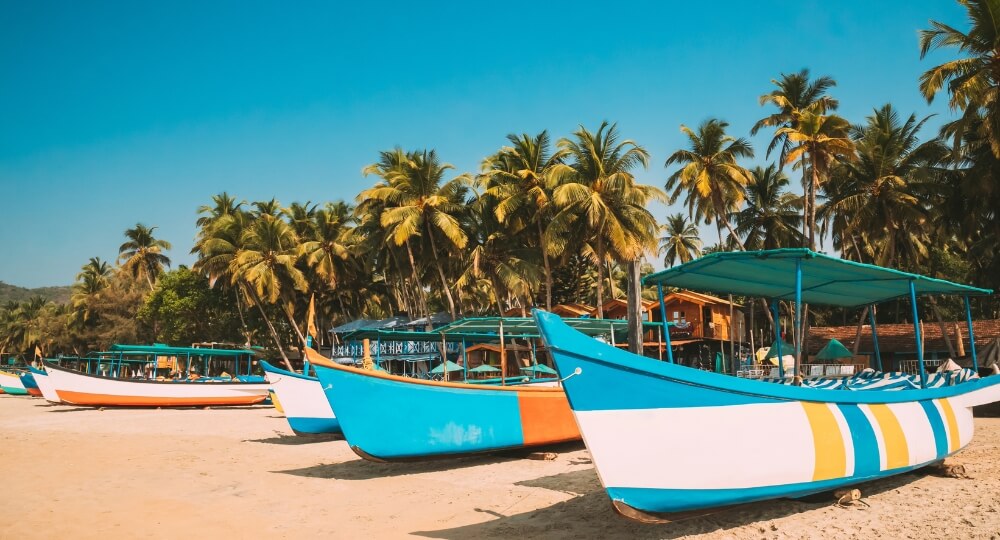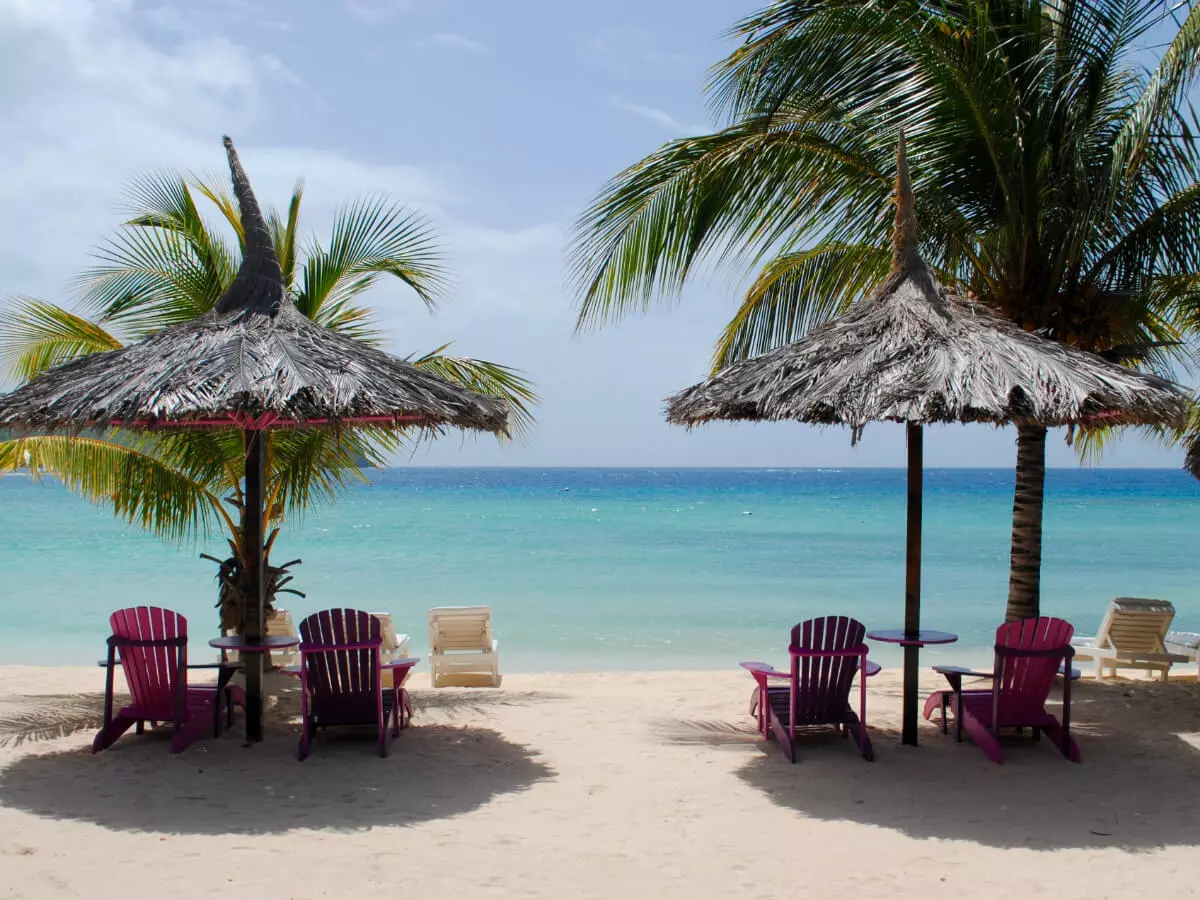Visiting a Casino – Goa is home to several vibrant casinos that attract both tourists and locals, offering a mix of gaming, entertainment, and nightlife. Some of the notable casinos you can visit with our Goa tour packages include:
- Casino Pride: Located on a cruise ship in the Mandovi River, it features a variety of games, live entertainment, and fine dining options.
- Deltin Royale: One of the largest floating casinos in India, offering a wide range of table games, slots, and entertainment shows.
- Casino Palm: A smaller, more intimate casino with a relaxed atmosphere, featuring popular games and live music.
- Casino Carnival: Known for its lively ambience and themed nights, it offers various gaming options along with dining experiences.
Cruising along the river is a unique way to explore the Goa’s stunning landscapes and vibrant ecosystems. Popular options include the Mandovi River Cruise, showcasing beautiful views and live entertainment; the Sal River Cruise, which navigates lush mangroves and quaint fishing villages; and the Zuari River Cruise, providing scenic vistas and opportunities for local sightseeing. Backwater cruises offer a tranquil experience amidst nature, while dinner cruises combine dining with picturesque views and entertainment.
Visiting a Feni distillery offers an authentic experience of this traditional spirit, made from cashew apples or coconut sap. During your visit, you can witness the entire distillation process, which involves fermenting the fruit and then distilling it in traditional pot stills. The distillers often share insights into the history and cultural significance of Feni, as well as the craftsmanship involved in its production. Tastings are usually available, allowing you to sample different varieties and appreciate the unique flavors.
Attending a cooking class is a delightful way to immerse yourself in the region’s rich culinary heritage. In these classes, you’ll learn to prepare traditional dishes using fresh, local ingredients. Expert chefs guide you through the preparation of iconic recipes like fish curry, vindaloo, and bebinca, sharing tips on spices and cooking techniques unique to Goan cooking.
Soaking in the party vibe Goa is famous for lively beach parties at popular spots like Anjuna, Vagator, and Baga, visitors can enjoy DJs, bonfires, and dancing under the stars. Nightclubs such as Tito’s and Hilltop set up a lively atmosphere with a mix of international and local music. Many venues host live performances, showcasing Goan and Indian music that enhances the festive ambiance.
Call us at +91 9940882200 to learn more about Goa tour packages.
Taking a heritage walk through Fontainhas the colorful and historic Latin Quarter of Panjim. As you stroll along its narrow, winding streets, you’ll be captivated by the charming Portuguese-style houses adorned with vibrant hues and intricate balconies. The area has art galleries, quaint cafes, and local shops. During the walk, you will learn about the history of the neighborhood, its architectural significance, and the blend of Goan and Portuguese influences.
A pub crawl is an exciting way to explore the region’s vibrant nightlife. Starting in popular areas like Anjuna and Vagator, the crawl typically involves visiting a mix of venues, from laid-back shacks to energetic nightclubs, allowing you to experience a variety of music and vibes. Enjoy signature cocktails, local beers, and live performances as you meet fellow travellers and locals. Whether you’re dancing to DJs or relaxing with friends by the beach, a pub crawl in North Goa promises an unforgettable night filled with fun and camaraderie.
Call us at +91 9940882200 to learn more about Goa tour packages.





